21 Wild Animals in Bulgaria [Wildlife in Bulgaria]
Want to know more about Bulgarian wildlife?
Discover 21 wild animals in Bulgaria in this post, as well as interesting facts about them. 🇧🇬
Learn All About Bulgarian Animals
Ready to learn all about Bulgarian animals?
I’ve always been fascinated by animals, and by how they can be so different from one country to another. In this guide, we’ll focus on the many animals Bulgaria has on the land, in the sky, and underwater.
I’ve split the guide into 4 categories:
- Native animals from Bulgaria
- Endangered animals of Bulgaria
- What is the Bulgarian national animal?
- How many animals are native to Bulgaria?
Let’s dive in right away with our first category!
Native Animals from Bulgaria
Bulgaria is a European country located in the southeastern part of the continent, on the eastern flank of the Balkans. It is a developing country with an upper-middle-income economy. It is bordered by Romania, Serbia, North Macedonia, Turkey, and Greece, and its capital city is Sofia which counts more than 1,242,000 inhabitants (but more than 1,674,000 if you include the metropolitan area).
An interesting part of the country that I wanted to tackle is its wildlife. In light of that, I have listed the best of it, and I hope you will love learning what animals live in Bulgaria.
Here’s the Bulgaria animals list.
1. Dalmatian pelican
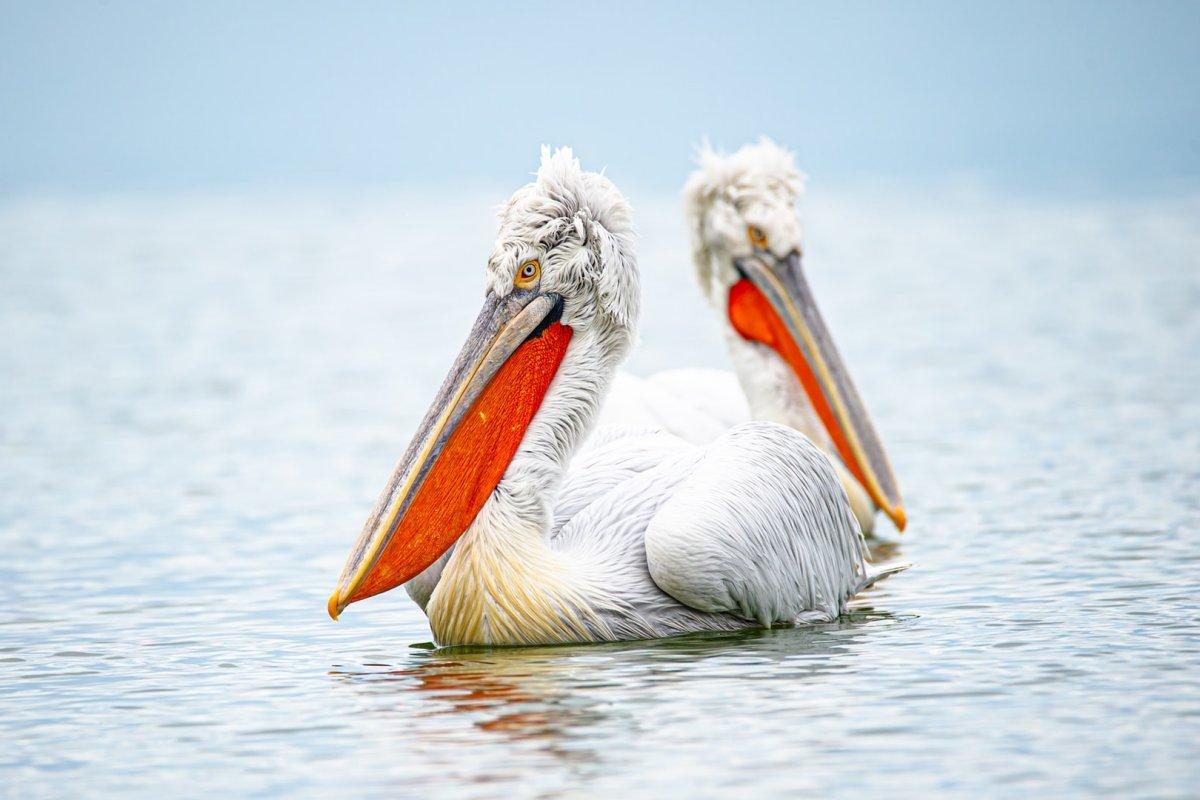
- Name: Dalmatian pelican
- Scientific name: Pelecanus crispus
- Conservation status:
The Dalmatian pelican is the largest species of pelican on the planet. It may very well be the world’s largest freshwater bird as well, though this claim was not verified, considering this pelican is comparable to some of the largest swans.
Male Dalmatian pelicans are larger than females, and both of them mainly feed on fish. Sadly, their global population drastically declined throughout the 20th century due to poaching, land use, and human disturbance.
2. White stork
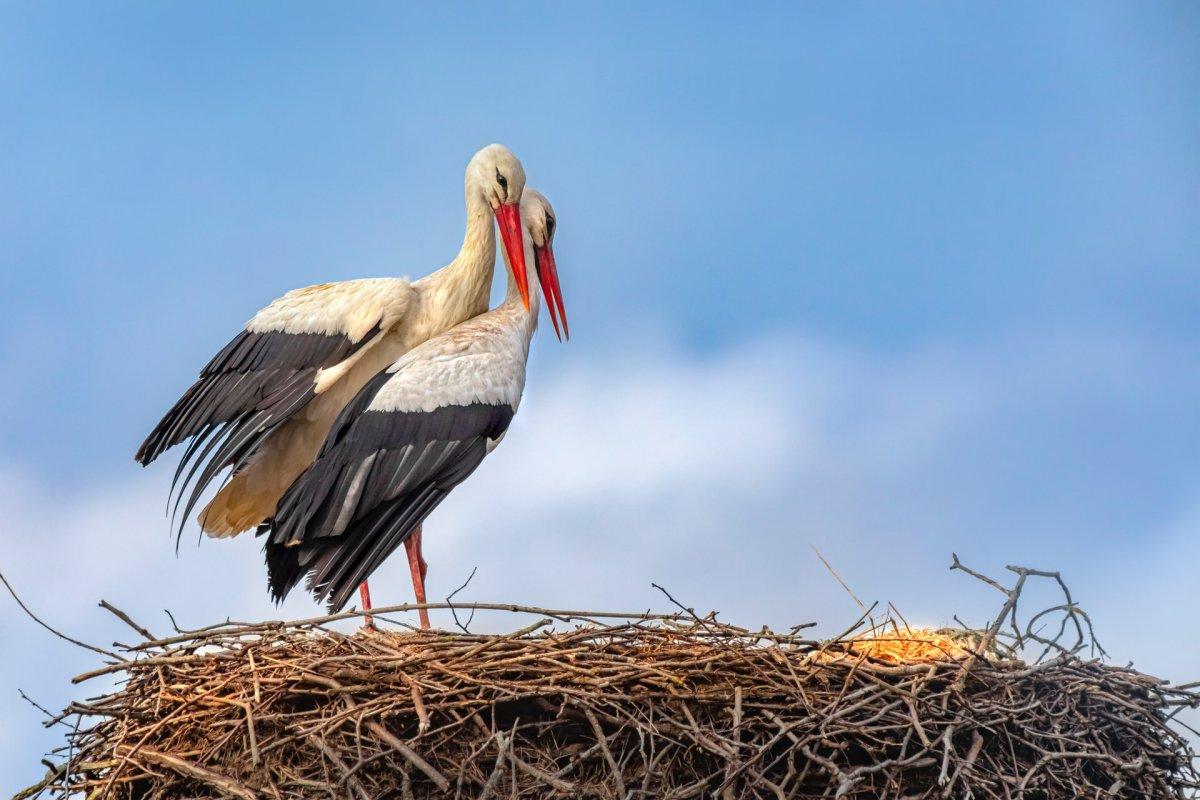
- Name: White stork
- Scientific name: Ciconia ciconia
- Conservation status:
The white stork is a large species of bird. It has black and white plumage, with long red legs and beaks. They breed throughout Europe, which is when they can be seen in Bulgaria, and spend the winter in most of sub-Saharan Africa.
They feed on a wide variety of animal prey, like insects, reptiles, and amphibians. Sometimes, they can also eat small mammals like shrews, voles, moles, and European rabbits!
3. European rabbit
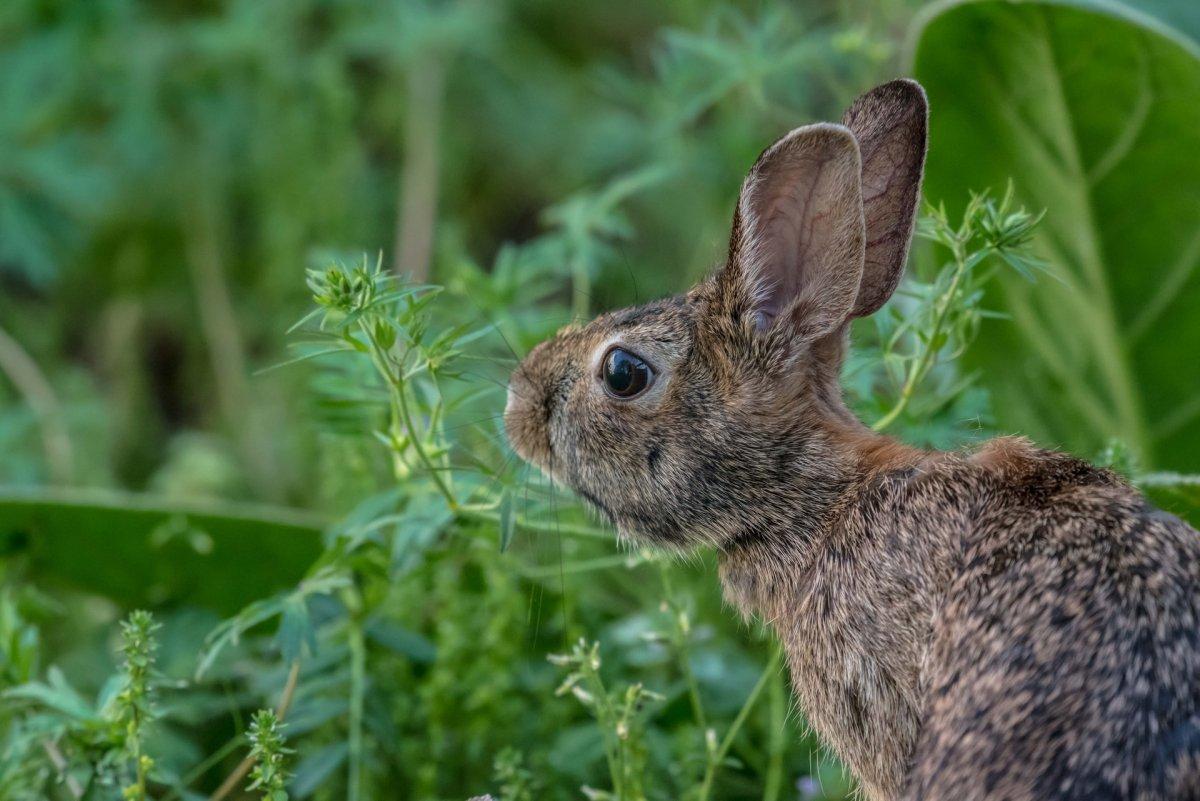
- Name: European rabbit
- Scientific name: Oryctolagus cuniculus
- Conservation status:
The European rabbit, also known as the coney, is a species of wild rabbit native to the Iberian Peninsula. It has slowly spread throughout Europe and was even introduced in Australia, New Zealand, and other countries on each continent.
It is considered an invasive species that causes multiple environmental problems due to the lack of natural predators. Despite this, its population is on the decline due to habitat loss and overhunting.
4. Egyptian vulture
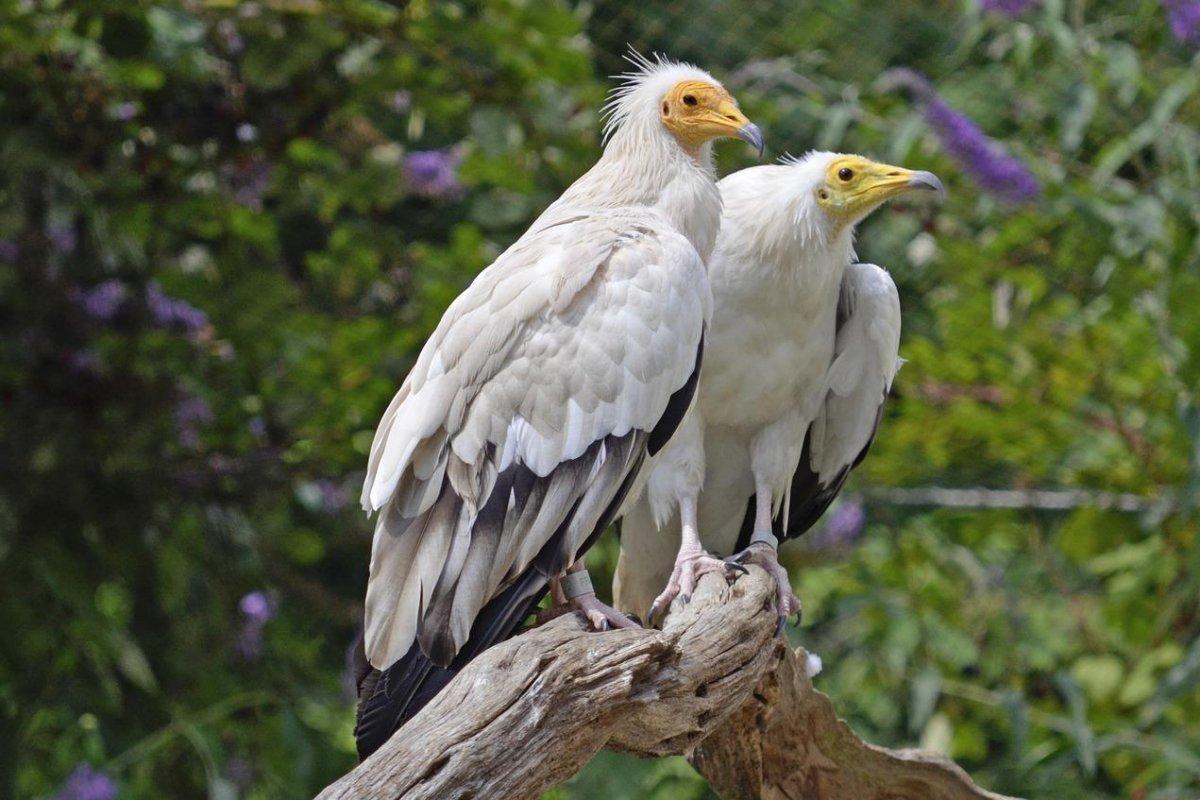
- Name: Egyptian vulture
- Scientific name: Neophron percnopterus
- Conservation status:
The Egyptian vulture, also known as the pharaoh’s chicken or the white scavenger vulture, is a species of vulture that can be found from the Iberian Peninsula and northern Africa to the Indian subcontinent.
Despite its name, it is not frequently seen in Egypt, and it is named this way due to its use in ancient hieroglyphs. This bird was considered sacred in ancient Egyptian religion, but it is now endangered by electrocution on pylons, hunting, poisoning, and lead accumulation from ingesting gunshot in carcasses.
5. Red squirrel
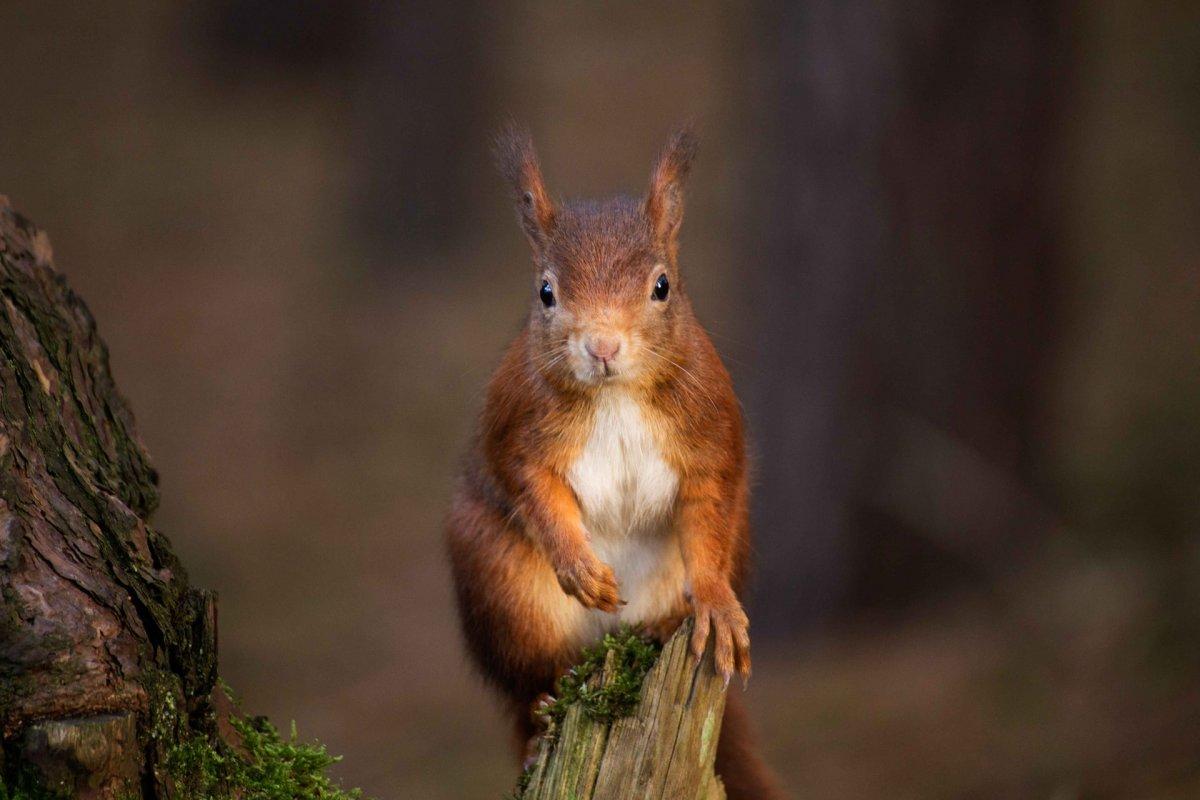
- Name: Red squirrel
- Scientific name: Sciurus vulgaris
- Conservation status:
The Eurasian red squirrel is a species of tree squirrel native to most of Eurasia. Except for the southern half of Asia, and the extreme northern parts of Russia, it can be seen everywhere. The only countries in which its population has declined are Italy, Ireland, and Great Britain, where it suffers from competition with the eastern gray squirrel from North America.
This species of squirrel is threatened by predators such as wildcats, birds like raptors and owls, and the pine marten.
6. European pine marten
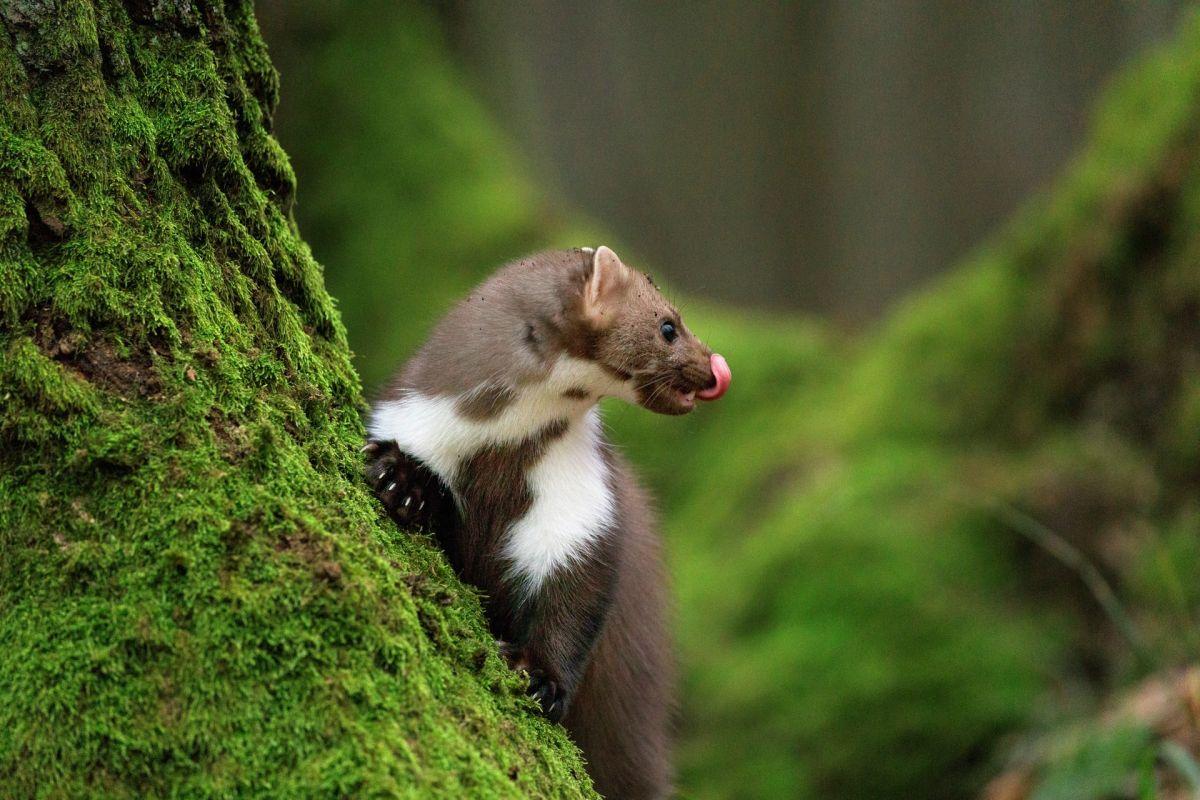
- Name: European pine marten
- Scientific name: Martes martes
- Conservation status:
The European pine marten, also known as the sweet marten or the baum marten, is a species of mustelid native to almost all of Europe. It has light to dark brown fur, short in the summer and longer during the winter. It has an excellent sight, but also a great hearing and a fantastic sense of smell.
The biggest threat to the European pine marten is humans, who persecute them and destroy their habitats.
7. European hedgehog
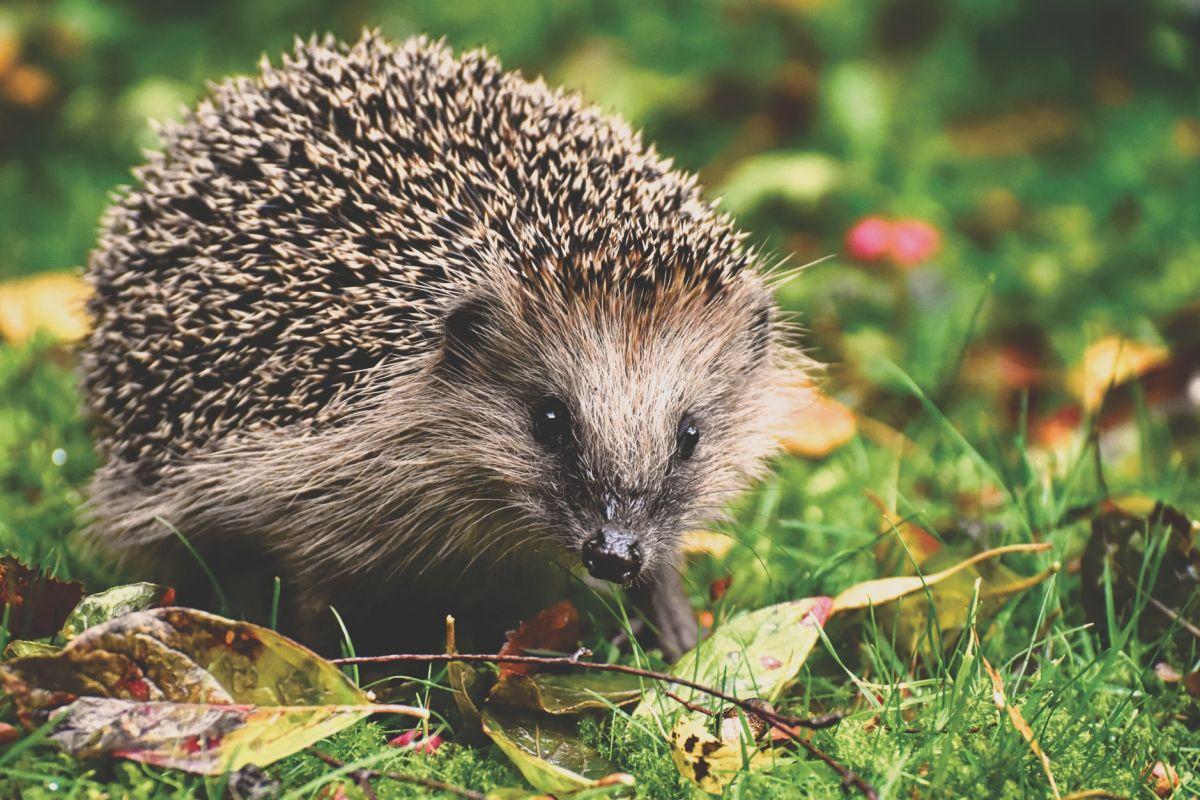
- Name: European hedgehog
- Scientific name: Erinaceus europaeus
- Conservation status:
The European hedgehog is the most common species of hedgehog in Europe. It is native to Europe, from Iberia to Scandinavia, and from the British Isles to western Russia. In European gardens, it is largely tolerated, since it eats a wide range of garden pests.
Indeed, this hedgehog feeds mostly on insects such as ants, wasps, moths, cockroaches, grasshoppers, and crickets, but also lizards, frogs, and small rodents.
8. Common bent-wing bat
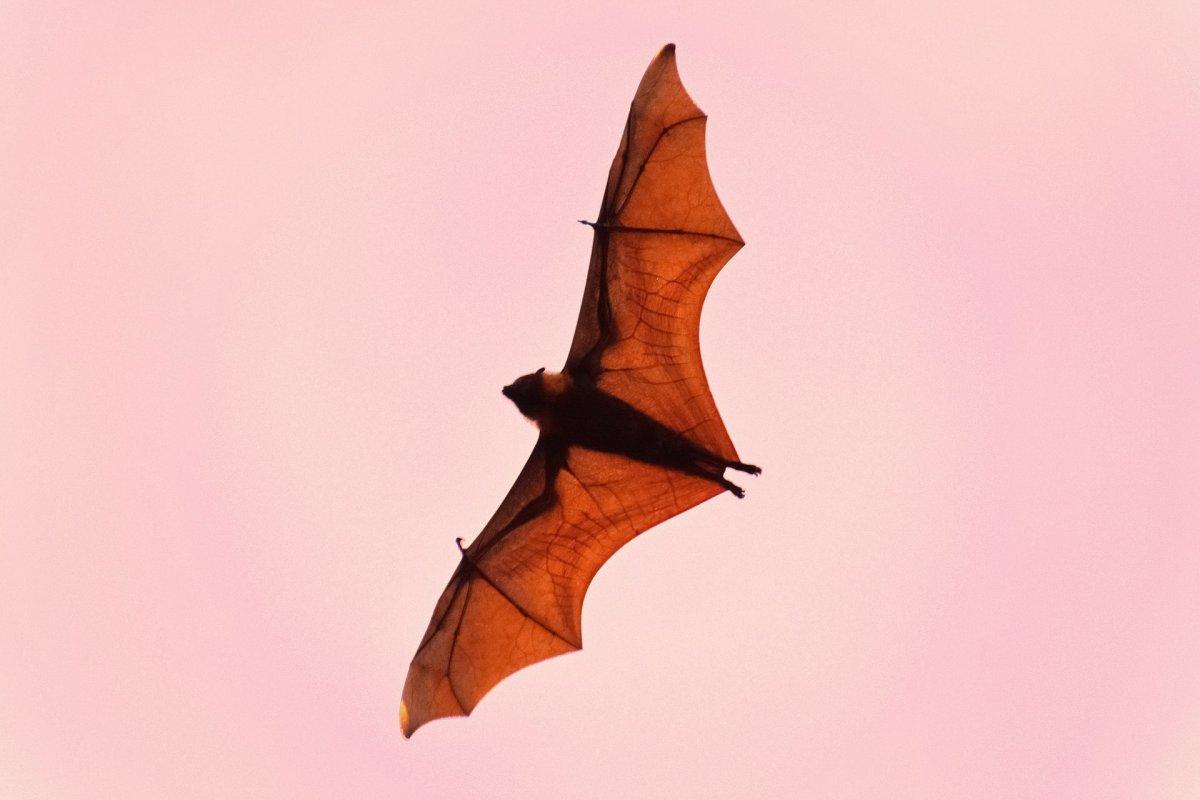
- Name: Common bent-wing bat
- Scientific name: Miniopterus schreibersii
- Conservation status:
The common bent-wing bat, also known as Shreiber’s bat or Schreiber’s long-fingered bat, is a species of insectivorous bat. In Europe, it can be found in most of the southern half of the continent, from the Iberian Peninsula to the Caucasus. This bat lives in colonies, from a couple dozen to… several million individuals!
It was named after Carl Franz Anton Ritter von Schreibers, an Austrian naturalist who lived during the 18th and 19th centuries.
9. Common minke whale
- Name: Common minke whale
- Scientific name: Balaenoptera acutorostrata
- Conservation status:
The common minke whale, also known as the northern minke whale is a species of whale that can be found throughout most waters of the Northern Hemisphere. It is the smallest species of rorqual and the second smallest species of baleen whale.
At first, it was not hunted by whalers, due to its small size and low oil yield, but several countries started exploiting these whales at the beginning of the 20th century when they realized other species were largely declining in numbers.
10. Bank vole
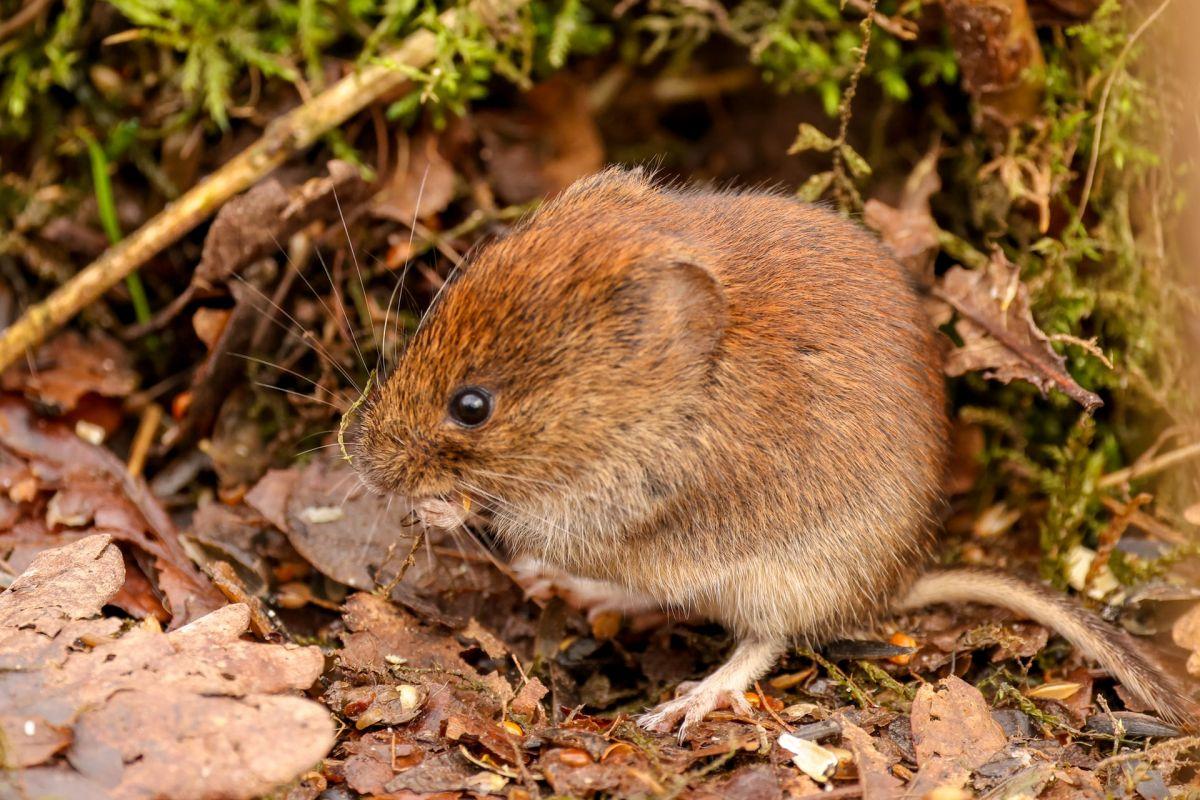
- Name: Bank vole
- Scientific name: Myodes glareolus
- Conservation status:
The bank vole is a small species of rodent with red-brown fur native to Europe into northwestern Asia. While it was native to Great Britain, it could not be found in Ireland before being accidentally introduced. Now, it has colonized much of the southern and southwestern parts of the country.
It inhabits forests and woodland and is active by day and at night. It is a herbivore that feeds on fruits, nuts, grain, roots, and leaves.
11. Eurasian lynx
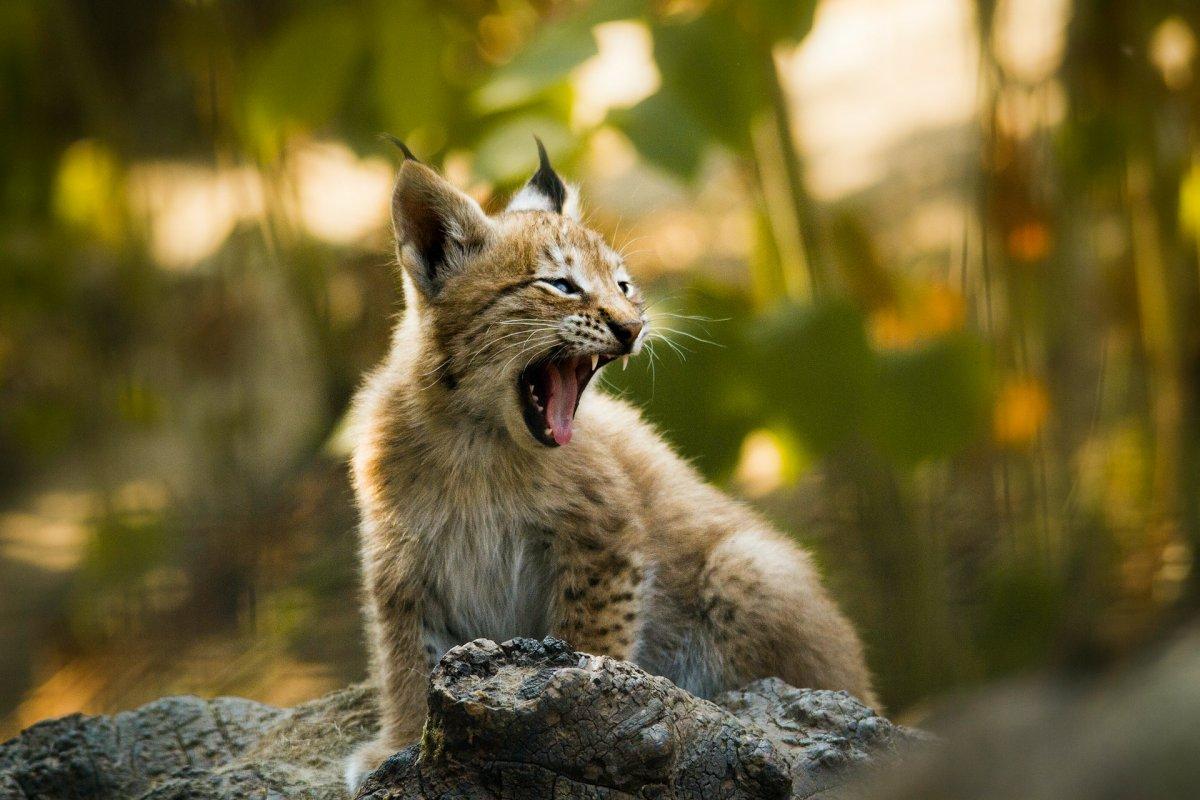
- Name: Eurasian lynx
- Scientific name: Lynx lynx
- Conservation status:
The Eurasian lynx is a medium-sized species of wild cat native to most of Europe, Asia, and Siberia, even as far as the Tibetan Plateau and the Himalayas. It is an elusive animal that inhabits temperate and boreal forests, usually in the heights, up to 5,500 m / 18,000 ft high.
This species, though hard to encounter for humans, is protected in many countries. Besides, believe it or not, it can be killed by wolverines and gray wolves.
12. Golden jackal
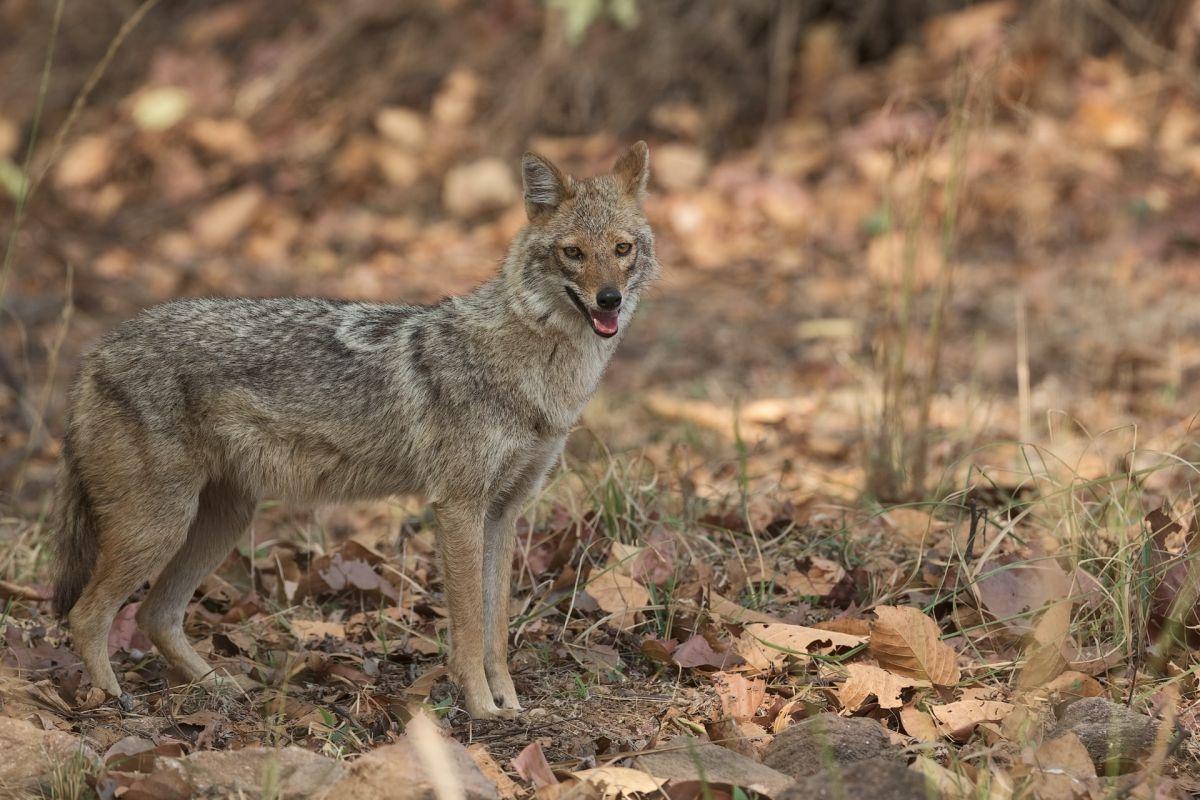
- Name: Golden jackal
- Scientific name: Canis aureus
- Conservation status:
The golden jackal is a species of canid native to southeastern Europe and South, Southwest, and Southeast Asia. It can be found in valleys, next to bodies of water such as lakes, seashores, and canals.
This jackal is highly social and can attack domestic mammals such as buffalo calves. Its competitors are steppe wolves, jungle cats, red foxes, and raccoons. It is a very adaptable species that will exploit any kind of food it can find, including fruits and insects.
13. Mediterranean monk seal
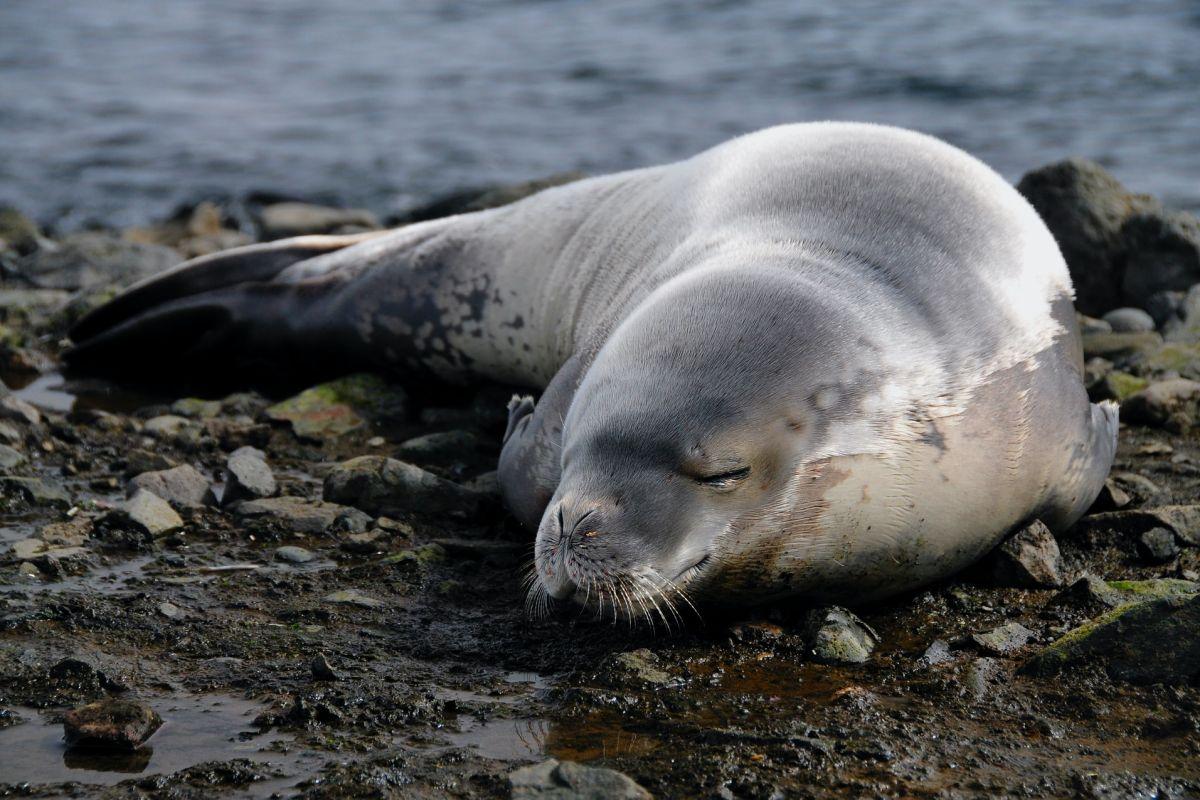
- Name: Mediterranean monk seal
- Scientific name: Monachus monachus
- Conservation status:
There are currently very few Mediterranean monk seals in the wild: only fewer than 700 individuals survive in 3 or 4 populations spread throughout the Mediterranean Sea and the northeastern Atlantic Ocean.
This species is seriously threatened by fishermen’s nets and hunting. It is active during the day and feeds on fish and mollusks, mainly squid, eels, and octopus. Though hunting patterns differ based on the specimen, Mediterranean monk seals usually hunt in wide-open spaces, sometimes at a depth of up to 250 m.
14. European bison
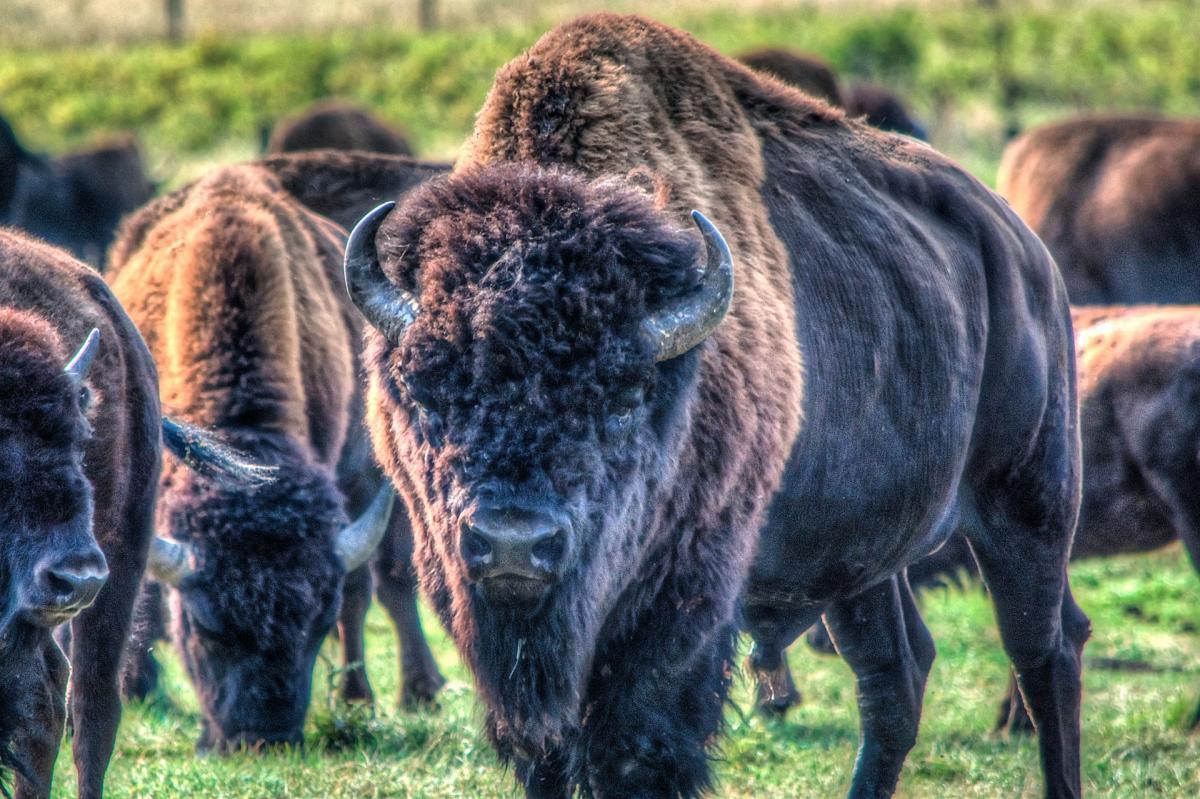
- Name: European bison
- Scientific name: Bison bonasus
- Conservation status:
The European bison, also known as the zubr, the European buffalo, or the wisent, is a species of bison native to eastern Europe. It is the heaviest wild land animal in all of Europe, and even though most bison disappeared from much of Europe and Asia during the 20th century, species have now returned to the wild thanks to captive breeding programs.
Bison have very few predators outside of humans, but can be attacked by bears, lions, tigers, and wolves, if there are some in the area.
15. Chamois
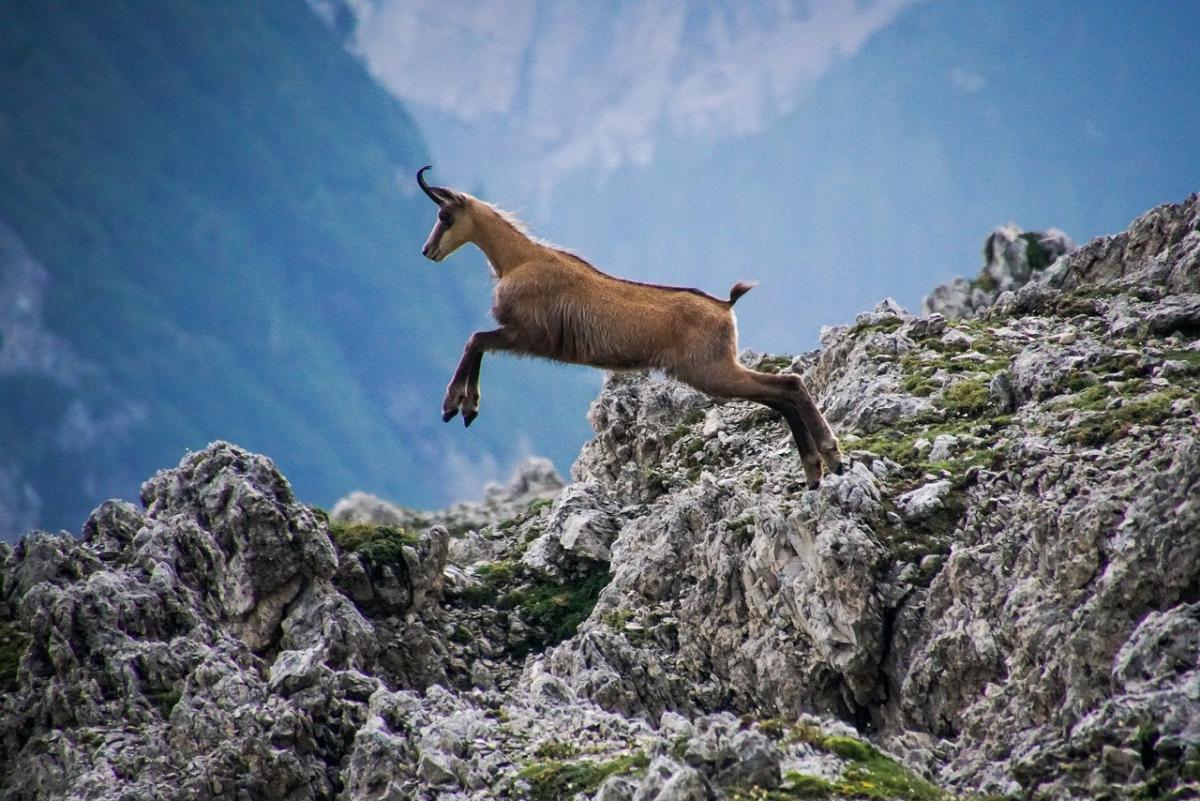
- Name: Chamois
- Scientific name: Rupicapra rupicapra
- Conservation status:
The chamois is a species of goat-antelope native to European mountains, such as the Pyrenees, the Alps or the Balkan Mountains, among others. It was also introduced to New Zealand.
Chamois live in groups of up to 30 individuals, and they usually inhabit rocky areas. They are excellent climbers, and feed on any type of vegetation, from herbs to tree needles. They are hunted for their meat, reputedly tasty, and their leather.
16. European mink
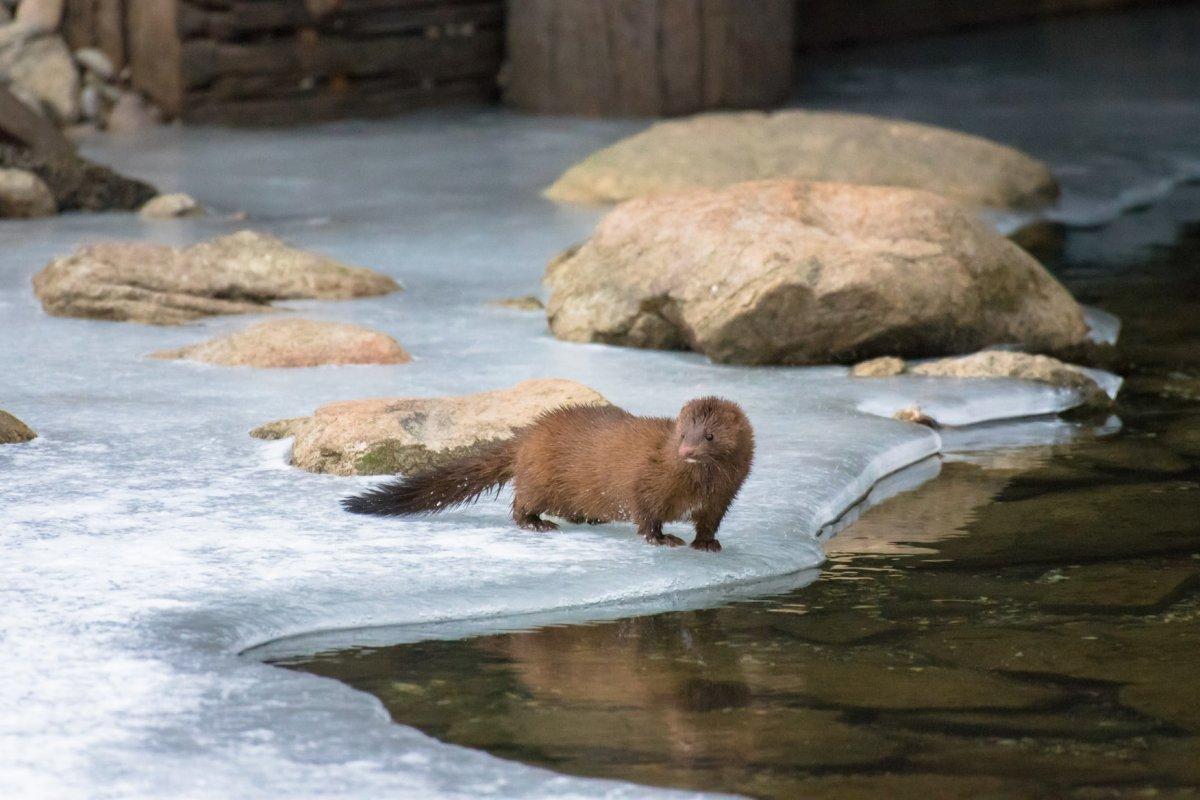
- Name: European mink
- Scientific name: Mustela lutreola
- Conservation status:
The European mink, also known as the Eurasian mink or the Russian mink, is a species of semiaquatic mustelid native to most of Europe. Sadly, it is locally extinct in Bulgaria, and though it is critically endangered, it can still be found in some parts of southwestern and northeastern Europe.
Its global population has been declining by more than 50 percent, and the next 3 generations will most likely see an 80 percent decline.
17. Western barbastelle
- Name: Western barbastelle
- Scientific name: Barbastella barbastellus
- Conservation status:
The western barbastelle, also known as the barbastelle bat, is a species of European bat. It can be found from southwestern Portugal to northeastern Latvia, though it was also seen on the Canary Islands.
Just like most other bats, the western barbastelle uses echolocation to locate its surroundings and its prey. Talking about which, it feeds on moths and flies, as well as other insects. It can travel up to 20 km / 12.4 mi per night just for foraging purposes!
18. European mole
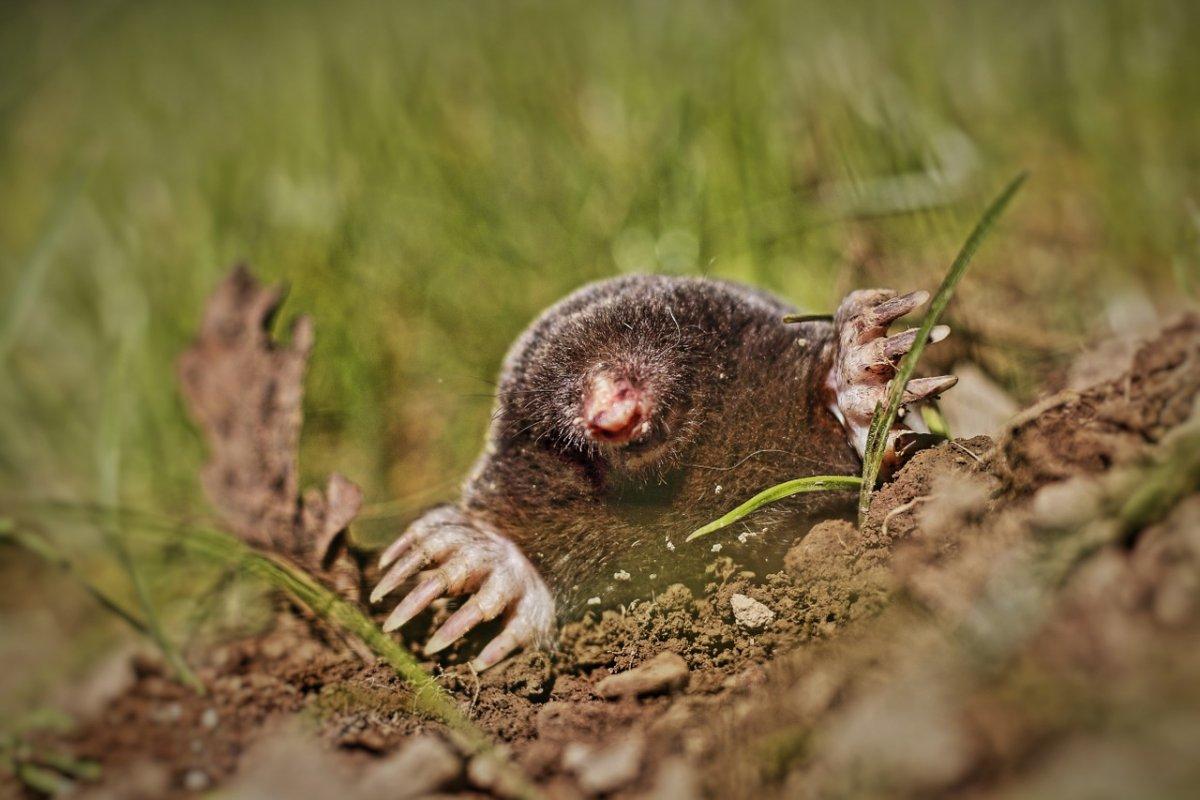
- Name: European mole
- Scientific name: Talpa europaea
- Conservation status:
The European mole, also known as the northern mole or the common mole, is a species of mammal native to most of central and northern Europe, into western Asia. It lives in a tunnel system that always extends. It pushes the earth to the surface when it burrows, hence its characteristic molehills.
Its diet is mostly made of earthworms, but it will occasionally eat insects, mice, shrews, and centipedes.
19. Steppe polecat
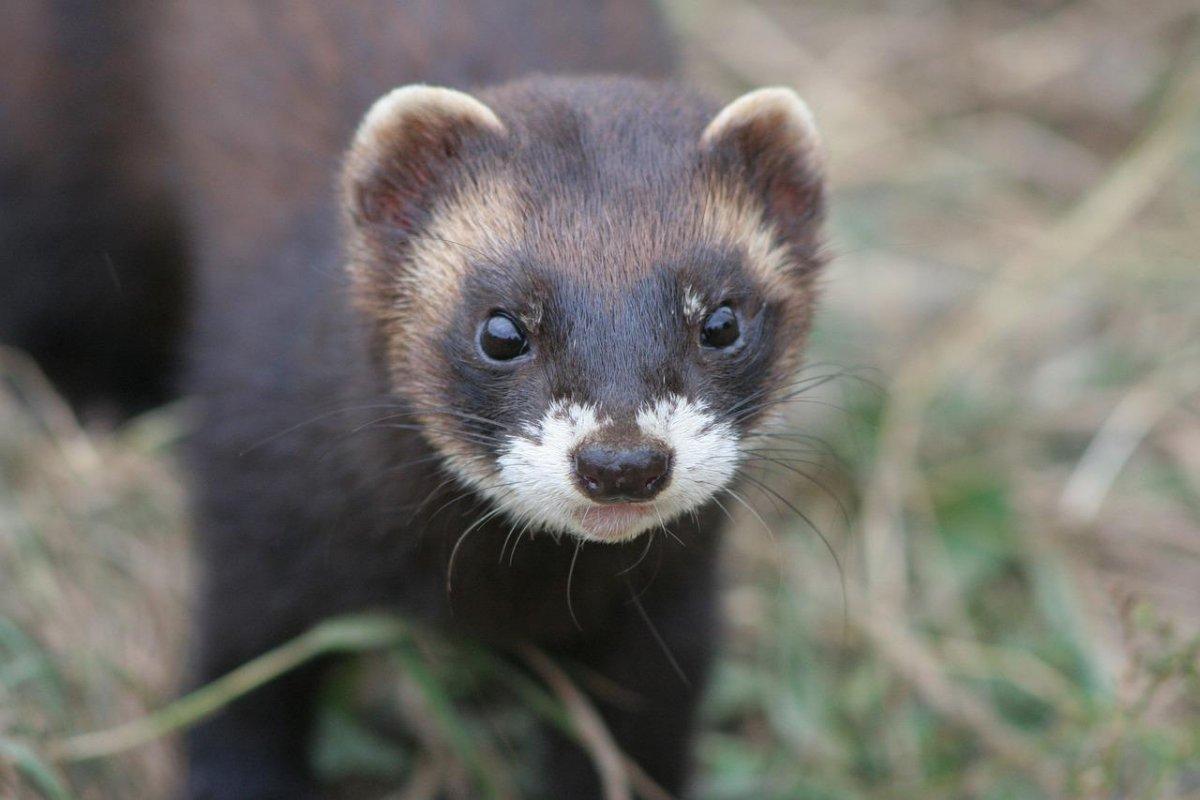
- Name: Steppe polecat
- Scientific name: Mustela eversmanii
- Conservation status:
The steppe polecat, also known as the masked polecat or the white polecat, is a species of mustelid that can be found in most of Central Asia, as well as central and eastern Europe.
Interestingly enough, this polecat is a nomad species, which means it only settles in a specific area until its prey is extirpated. Most of the time, it will feed on ground squirrels, but can sometimes attack larger prey such as marmots and pikas.
20. European fallow deer
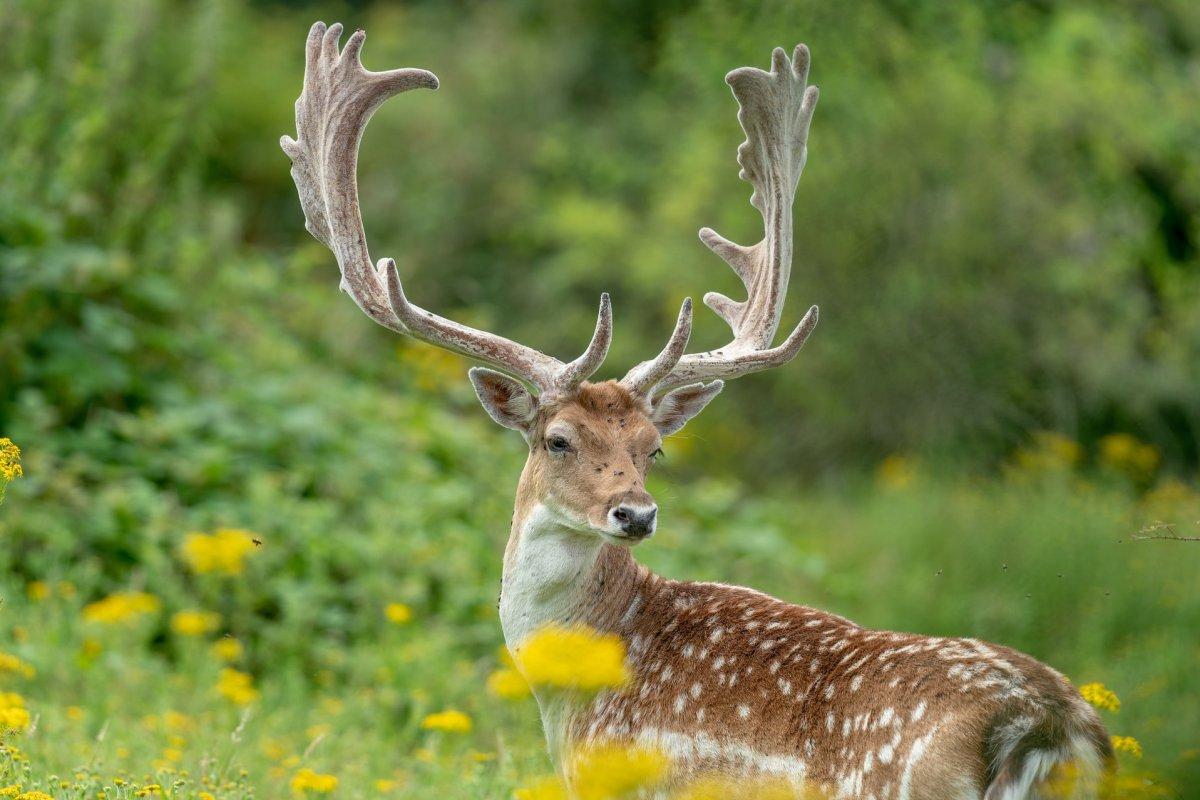
- Name: European fallow deer
- Scientific name: Dama dama
- Conservation status:
The European fallow deer, also known as the common fallow deer, is a species of deer native to Turkey, Italy, the Balkans, and the island of Rhodes. It was also introduced in other European countries as well as on other continents like the Americas and Australia.
Though it is considered of least concern, there has been a serious decline in its population since the 20th century. It is threatened by wildfires, poaching, and urbanization.
21. Eurasian brown bear
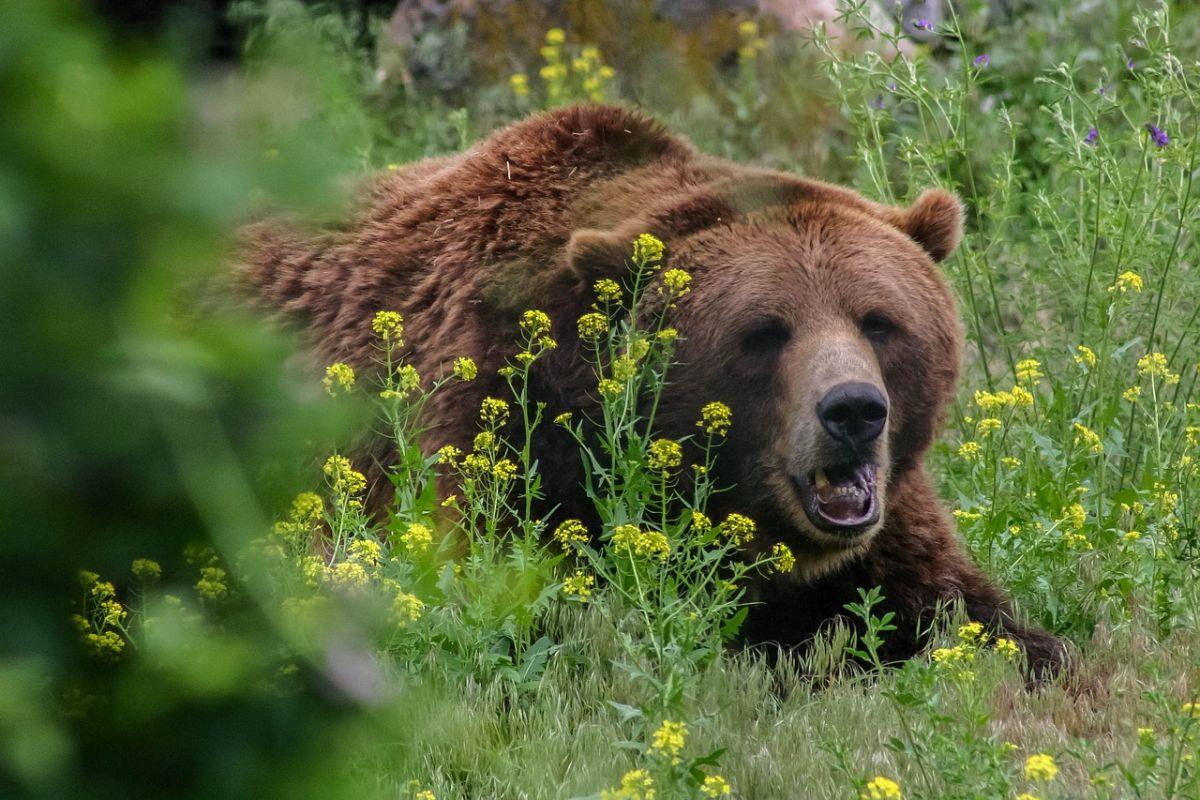
- Name: Eurasian brown bear
- Scientific name: Ursus arctos arctos
- Conservation status:
The Eurasian brown bear, also known as the common bear or the European brown bear, is the most common species of bear in Eurasia. While it can now be found throughout most of Europe and Asia, it was also present in Britain, though it was exterminated through over-hunting. It was also used in Ancient Rome for fighting in arenas.
Historically, European brown bears have always been hunted a lot, and they are on the decline, no matter the country. They can be seen in forests and mountainous areas.
So there you have them, these were my 21 wild animals in Bulgaria. I hope you enjoyed this list and that you learned something new today.
In case you want to learn more about animals in the country, feel free to keep reading, as I still have lots of things to tell you about:
Endangered Animals of Bulgaria
This is definitely the saddest part of the list, but it is very important to raise awareness. Because of this, let’s go through the list of endangered animals in Bulgaria.
Here are the animals in danger of extinction in Bulgaria.
- None
- Sociable lapwing
- Russian sturgeon
- European eel
- European mink
- Common hamster
- and 4 more…
- European souslik
- Mediterranean monk seal
- Steppe eagle
- European rabbit
- Aegean minnow
- and 5 more…
To see the full list of endangered species in Bulgaria, head over to the International Union for Conservation of Nature’s Red List.
What is the National Animal of Bulgaria?
The national animal of Bulgaria is the lion.
The lion is a symbol of might, victory, and pride. It can be seen on the country’s coat of arms, and the local currency comes from the Bulgarian for “lion”.
It may sound weird, considering there are no lions in Bulgaria, and there never have been. The only wild cats that can be found in Bulgaria are the Eurasian lynx and the European wild cat. Nonetheless, the lion has always been an important part of Bulgarian folklore and culture.
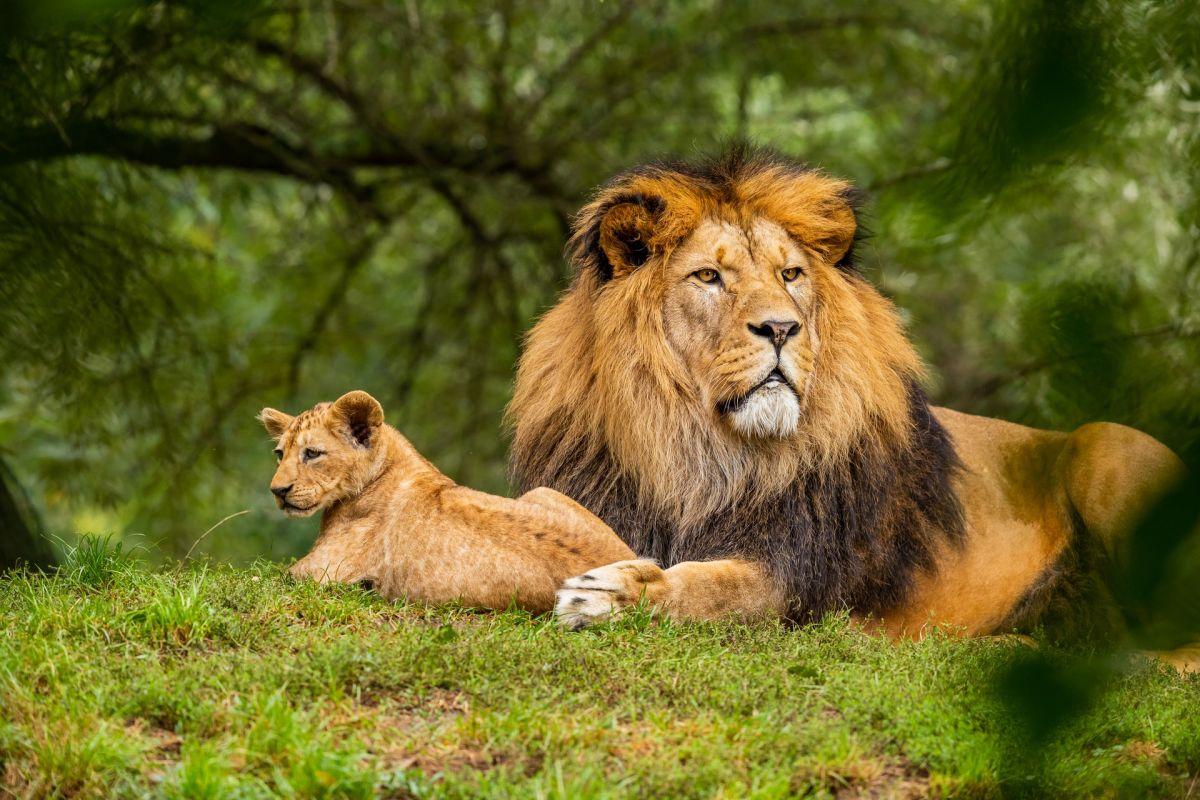
How Many Animals Native to Bulgaria?
What is the diversity of native animals in Bulgaria?
Let’s look at the total number of species of Chordata (mammals, birds, fishes, and reptiles).
Total number of animal species in Bulgaria: 773 (3,149 in total in Europe)
More About Animals in the World!
Loved these Bulgaria wildlife facts? Want to see what animals live in other countries?
Then check out these posts:
Or click here to see ALL the facts up on the blog! Spoiler alert: there’s A LOT of them.
Share the knowledge! Click on the buttons below to share information about these famous animals in Bulgaria with your friends, and help them learn more about the world 🙂
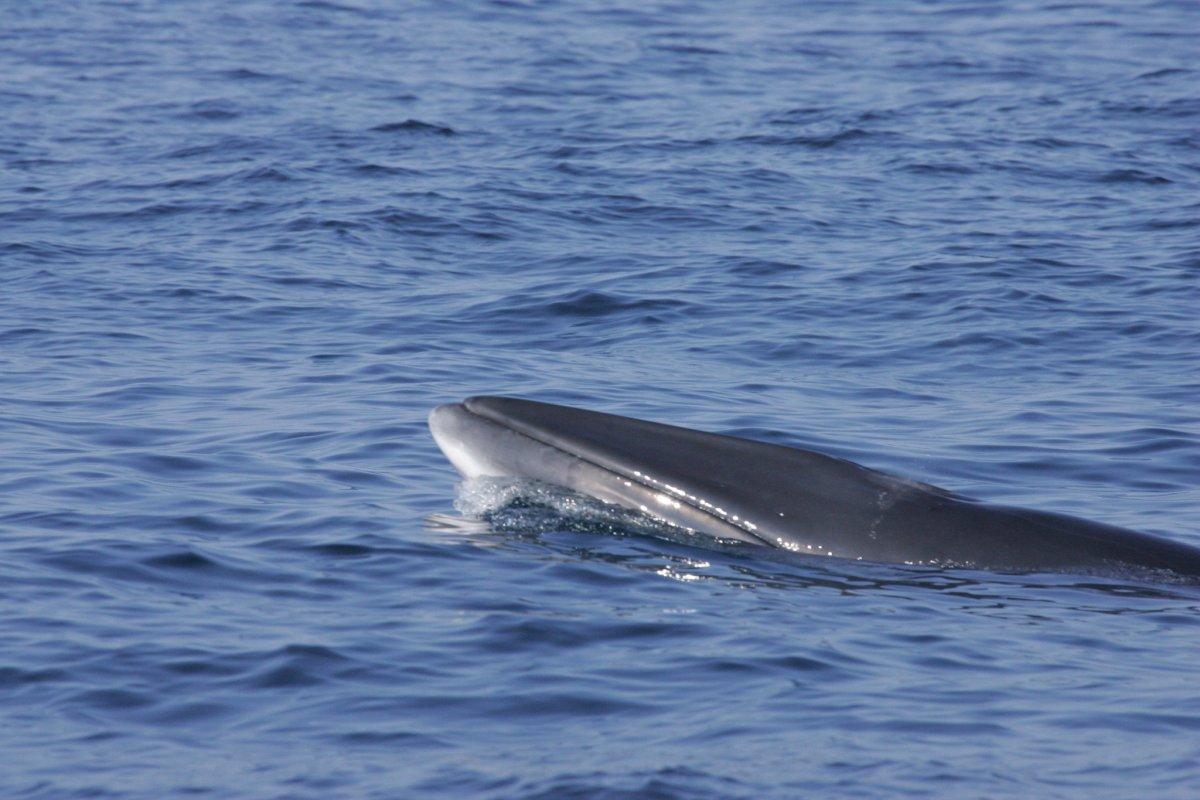
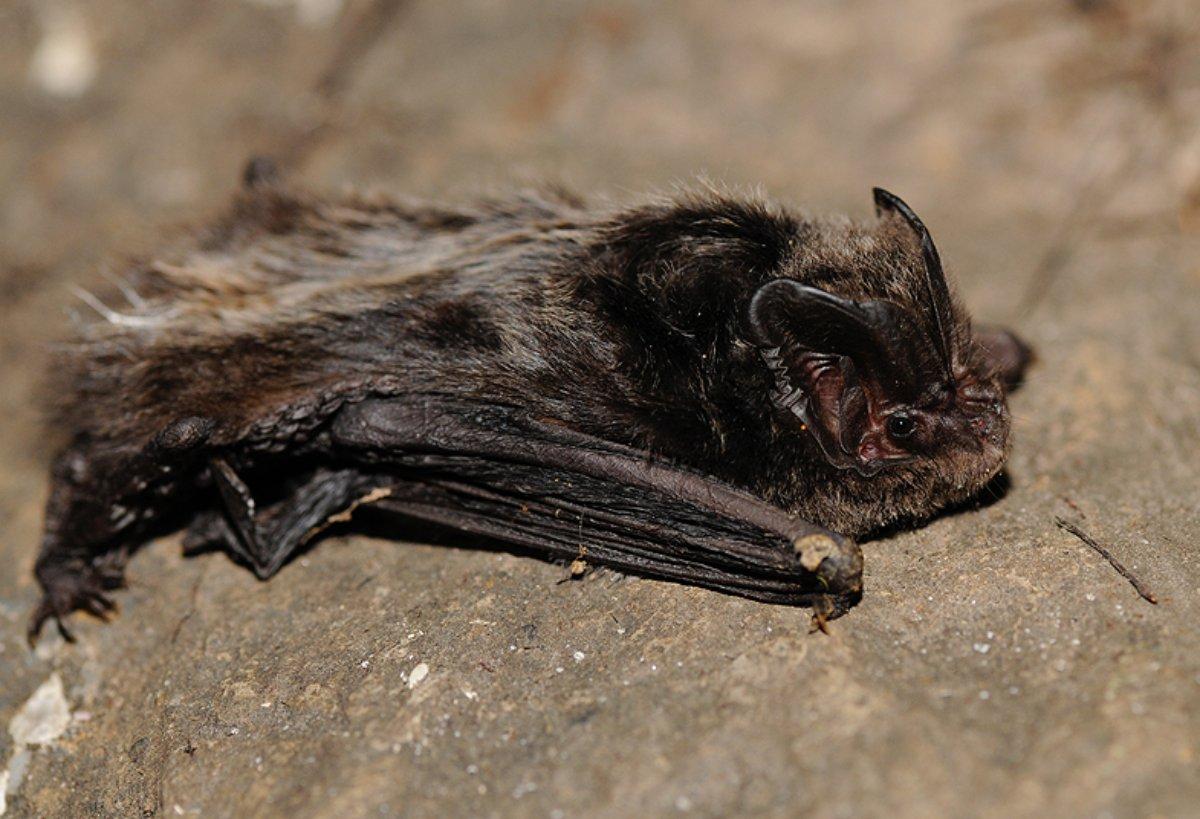

![21 Wild Animals in The Dominican Republic [Wildlife in The Dominican Republic]](https://www.kevmrc.com/wp-content/uploads/2022/06/21-wild-animals-in-the-dominican-republic.jpg)
![28 Wild Animals in Botswana [Wildlife in Botswana]](https://www.kevmrc.com/wp-content/uploads/2022/12/28-wild-animals-in-botswana.jpg)
![21 Wild Animals in Fiji [Wildlife in Fiji]](https://www.kevmrc.com/wp-content/uploads/2023/01/21-wild-animals-in-fiji.jpg)